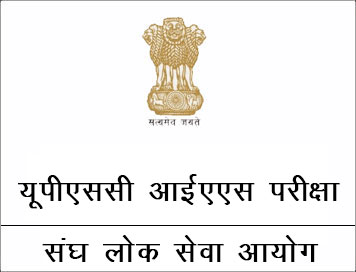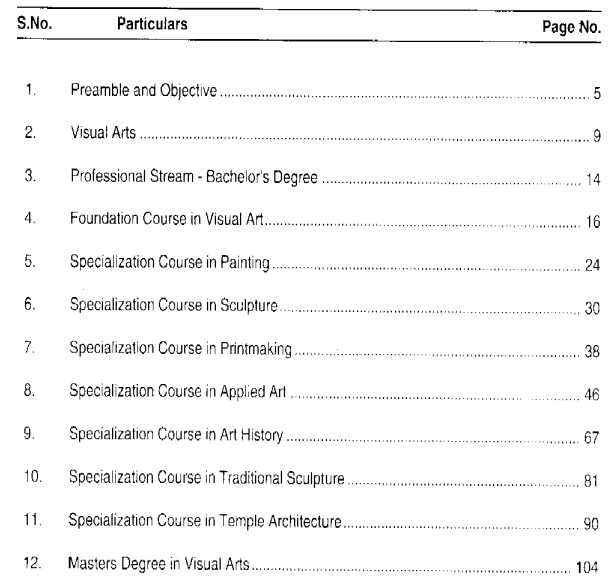
संघ लोक सेवा आयोग सिविल सेवा - मुख्य परीक्षा
(Download) UPSC Mains 2017 General StudiesQuestion Paper:
सामान्य अध्ययन-IV (नीति,अखंडता एवं अभिक्षमता)
Exam Name: UPSC IAS Mains General Studies (Paper-3)
Year: 2017
Exam Date: 30-10-2017
Q1. सार्वजनिक क्षेत्र में हित-संघर्ष तब उत्पन्न होता है, जब निम्नलिखित की एक-दूसरे के ऊपर प्राथमिकता रखते है :
(a) पदीय कर्तव्य
(b) सार्वजनिक हित
(c) व्यक्तिगत हित
प्रशासन में इस शंघर्ष को कैसे सुलझाया जा सकता है? उदाहरण सहित वर्णन कीजिये| (उत्तर 150 शब्दों में दीजिये)
Q2. सिविल सेवा के सन्दर्भ में निम्नलिखित की प्रासंगिकता का परीक्षण कीजिये : (उत्तर 150 शब्दों में दीजिये)
(a) पारदशिर्ता
(b) जवाबदेही
(c) निष्पक्षता तथा न्याय
(d) दृढ विश्वास का साहस
(e) सेवा भाव
Q3. नैतिक आचरण वाले तरुण लोग सक्रिय राजनितिक में शामिल होने के लिए उत्सुक नहीं होते है | उनको सक्रिय राजनितिक में अभीप्रेरित करने के लिए उपाए सुझाइए | (उत्तर 150 शब्दों में दीजिये)
Q4. (a) समझौते से पूर्ण रूप से इनकार करना सत्यनिष्ठा की एक परख है | इस सन्दर्भ में वास्तविक जीवन से उदाहारण देते हुए व्याख्या कीजिये | (उत्तर 150 शब्दों में दीजिये)
(b) कॉर्पोरेट सोशल दाइत्व कोम्पनियो को अधिक लाभदायक तथा चिरस्थाई बनता है | विश्लेषण कीजिये | (उत्तर 150 शब्दों में दीजिये)
Q5. (a) ''बढ़ी महत्वाकांक्षा महान चरित्र का भाववेश (जूनून) है | जो इससे संपन्न है वे या तो बहुत अच्छे अथवा बहुत बुरे कार्य कर सकते है | ये सब कुछ उन सिधान्तो पर आधारित है जिनसे वे निर्देशित होते है | '' -- नेपोलियन बोनापार्ट |
उदाहरण देते हुए उन शासको का उल्लेख कीजिये जिन्होंने (1) समाज वे देश का अहित किया है , (2) समाज वे देश के विकास के लिए कार्य किया है| (उत्तर 150 शब्दों में दीजिये)
(b) '' मेरा दृढ विश्वाश है की यदि किसी राष्ट्र को भ्रष्ट्चार मुक्त और सुन्दर मनो वाला बनाना है, तो उसमे समाज के तीन प्रमुख लोग अंतर ला सकते है | | वह है पिता, माता एव शिक्षक | ''-- ए.पी.जे अब्दुल कलाम | विश्लेषण कीजिए | (उत्तर 150 शब्दों में दीजिये)
Q6. (a) प्रशासनिक पद्धतियों में भावनात्मक बुद्धि का आप किस तरह प्रयोग करेंगे ? (उत्तर 150 शब्दों में दीजिये)
(b) शक्ति , शांति एव सुरक्षा अंतराष्ट्रीय संभंदो के आधार माने जाते है | स्पष्ट कीजिए | (उत्तर 150 शब्दों में दीजिये)
Q7. (a) वर्तमान समय में नैतिक मूल्य का संकट , साद- जीवन की संकीर्ण धारणा से जुड़ा हुआ है | विवेचना कीजिए ? (उत्तर 150 शब्दों में दीजिये)
(b) वर्धित राष्ट्रीय संपति के लाभों का न्यायोचित वितरण नहीं हो सका है | इसने बहुमत के नुकसान पर केवल छोटी अल्पसंख्या के लिए ही आधुनिकता और के एन्कलेव '' बनाये है | इसका औचित्य सिद्ध कीजिये | (उत्तर 150 शब्दों में दीजिये)








